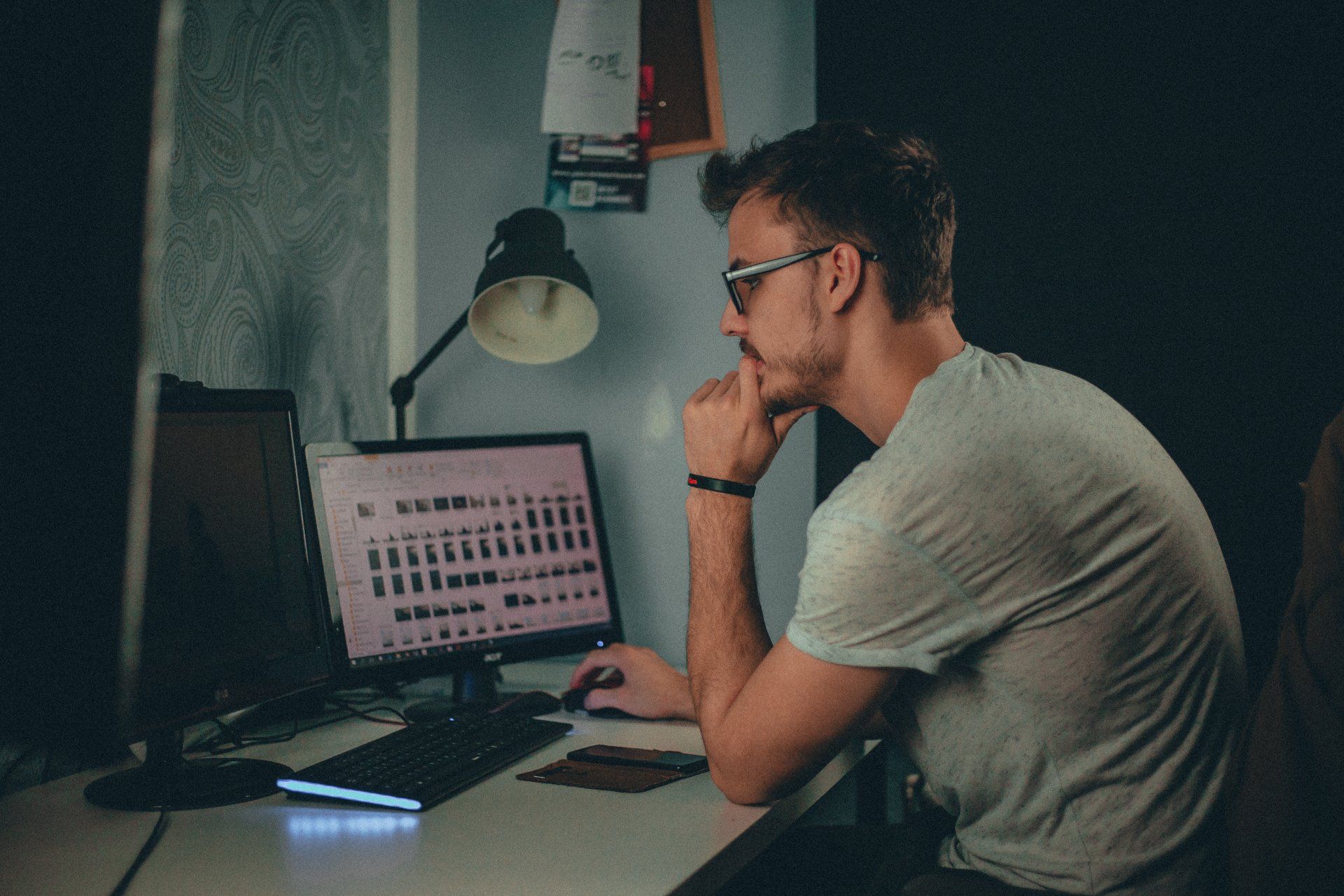DIGITAL MILLENNIUM COPYRIGHT ACT TAKEDOWN NOTICE
(DMCA)
It is not permissible to freely use content belonging to someone else. If it is found that you are infringing on someone's copyright, the DMCA requires ISPs to remove the content immediately.
RESPONDING TO A DMCA TAKEDOWN NOTICE
Digital Millennium Copyright Act (DMCA) - What is it?
The Digital Millennium Copyright Act, also known as the Online Copyright Infringement Liability Limitation Act, was added to the federal copyright laws to implement protection to those that have copyrights that have been infringed upon on the internet.
The DMCA is a measure in which was created to criminalize the theft of one’s work without consent. Not only does this Act protect the copyright owners, but it also protects the Internet Service Provider (ISP) and website operators from being sued if content is illegitimately posted on their platforms.
When an owner of a creative work has protection, they have an exclusive right to copy or distribute that said work. When an author has works such as videos, music, articles and more, they are the only ones who can license the use of the work to others.
DMCA Takedown - What is it?
Most ISPs and web host have their own methods for discovering a copyright infringement through the use of their own automated systems, or when a copyright owner files a DMCA takedown. The DMCA highlights a process for removing materials that infringe upon a copyright.
Furthermore, each ISP or web host has a system that will intervene when content violates a copyright. For instance, Facebook will remove a video from your timeline if it’s posted with copyrighted music, YouTube will mute or delete the music, Twitch will disable a stream from your channel, and so on.
Regardless of the procedures, the Digital Millennium Copyright Act is in place to require service providers to remove materials that infringe upon an owner’s copyright as quickly as possible. Additionally, the DMCA protects these providers from being sued by the copyright owners, so as long as they remove the infringing content.
If you have posted infringing content, you will get a warning notice, also known as a strike, from the service provider. Typically, after three “strikes” the service providers will terminate the account. If it is found that an individual knowingly and willingly post copyrighted material, they can be subject to lawsuits and even criminal penalties.
What To Do If You Get A DMCA Takedown
Procedures for providers vary, but usually follow the same process regarding giving notice and the next steps if infringement continues. Unfortunately, good intentions do not relieve you from consequences if you infringe upon someone’s copyrights. You risk still being held accountable even if you didn’t intend to steal someone’s intellectual property.
For instance, say you are a dancer that post inspirational videos on YouTube. In these videos, music in which you are dancing to can be heard, but no permission has been granted to use such sound in your videos. In return, YouTube sends you a notice stating they are muting the music in your video. This places a strike against you since you used music that does not belong to you.
Even though you may have not realized that you did anything wrong, it’s best to not repeat this mistake again. If you commit to no further infractions and agree to complete with YouTube’s copyright school, the strike can be removed from your account within six months. If you decide to disregard the notice and continue to post videos using copyrighted music, you run the risk of YouTube suspending your account and possibly receiving a lawsuit from the copyright’s owner.
Additional DMCA Copyright Focus
ISPs and Copyright Infringements
How is it that ISPs find out about copyright infringement? Well, there are usually two ways in which they are notified. One is they have their own systems in which it has algorithms that scan for infringing music and videos or the creator files a DMCA Takedown.
So as long as the creator’s request to have their material removed from a specific platform meets the requirements defined by the DMCA, the ISP or website is obligated to remove the said material.
Furthermore, it’s important to recognize that ISPs, social media sites, and similar platforms aren’t mandated to judge the merits of a takedown notification. The only purpose is to act as an intermediate between the person who claims ownership of the work and the person who is accused of infringement. It is possible that you may receive a notice that is unwarranted.
What Should You Do If You Receive A Takedown Notice by Mistake?
If you receive a takedown notice and you feel that you have not infringed upon a copyright, you are eligible to file a counter notification. It’s crucial to be certain though, that you did not commit copyright infringement before submitting. It should be known that takedown notices and counter notifications are legal documents, and if the owner of a copyright takes you to court and you lose the case, you will be faced with paying costly legal fees and damages.
That said, it has been proved that there are instances in which a takedown notice was not warranted, and even in some cases, a blatant lie. Also, keep in mind that a competitor might file a false takedown notice if you are found using a short snippet of a sound, or if your usage falls under the fair use doctrine.
What Is The Fair Use Doctrine?
The fair doctrine allows one to use copyrighted work without permission if it qualifies to one of the following:
- Criticism
- Commentary
- News reporting
- Teaching
- Research
Filing A Counter Notification
ISPs and web host have a form online that you can file a counter notification. A notification can also be sent directly by writing to the ISP or web host. The notification should include the following:
- Name
- Address
- Phone number
- Date
- Description of the material that was removed, or disabled, its location (URL) prior to the removal, and the date of removal
- Statement reflecting why you feel there was a mistake made in the removal or misidentification
- Your consent to the jurisdiction of Federal District Court for the judicial district in which your address is located, and your acceptance of service from the person who provided the takedown notice
- Your signature affirming that you understand you’ve made your statement under penalty of perjury.
Most ISPs have specific requirements for filing a notification of any sort and might require additional information be sent outside of their automated systems. Additionally, you can find the forms needs on their websites.
What To Expect When You File A Counter Notification
It should be noted that ISP or website host are not required to weigh the merits of your counter notification. Once they receive your notification, the party that sent to takedown notice is notified. If the other party still feels that you have infringed on their copyright, they have 14 days to file a lawsuit against you.
If the copyright owner decides to sue you, it’s wise to be prepared to go to court and defend your stance. If no lawsuit is filed, the service provider must restore your content and they usually remove any strike that was applied to your account.
CLIENT MATTERS
5,000+
YEARS OF SERVICE
25+
Award Winning
Recognized in the legal industry as dedicated board-certified lawyers and Rising Stars.
Expert Team
Your project will be handled by legal experts every time. You will have the most experienced attorneys working for you.
Quality Representation











